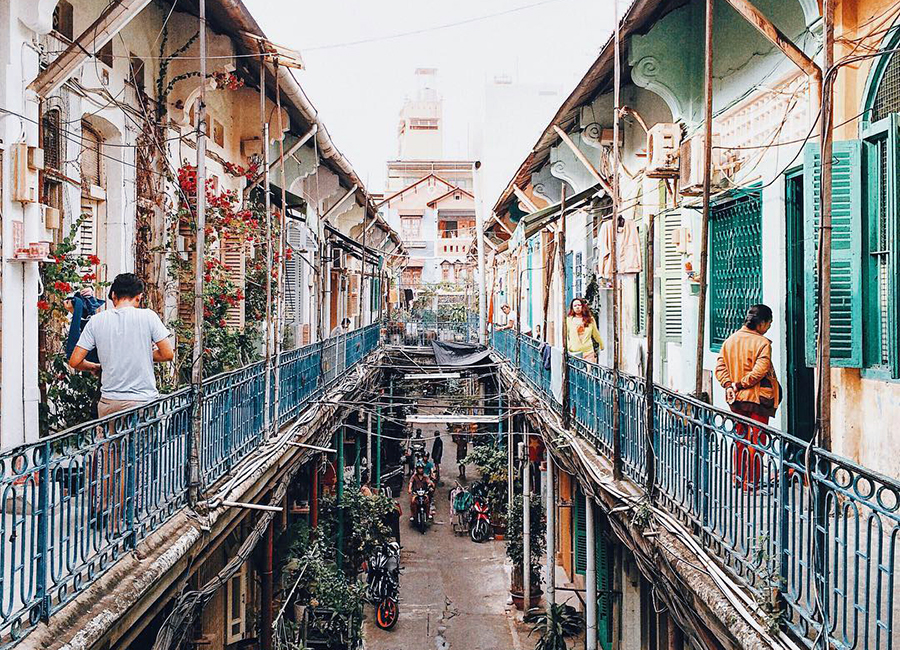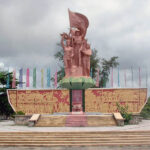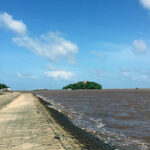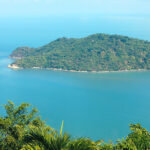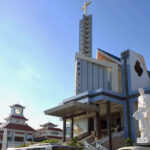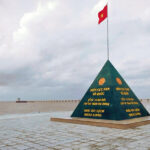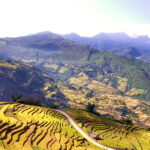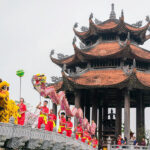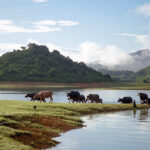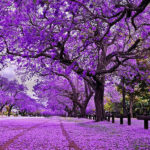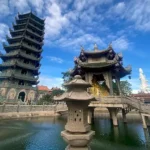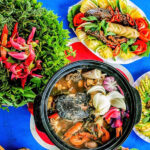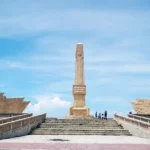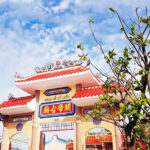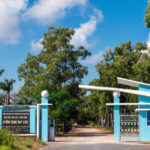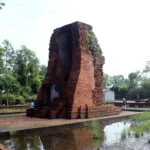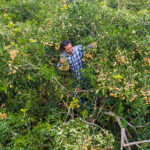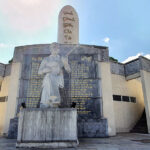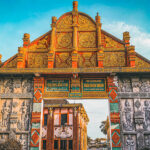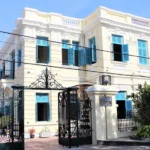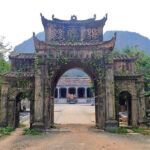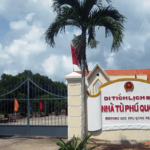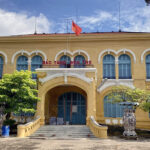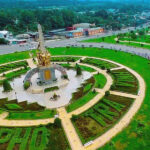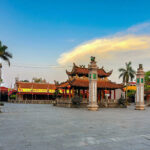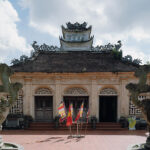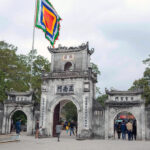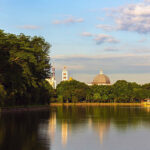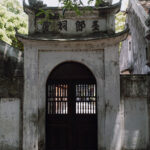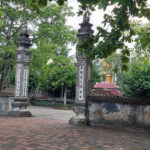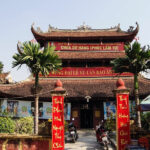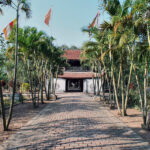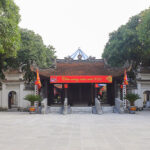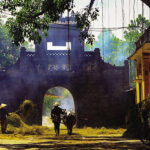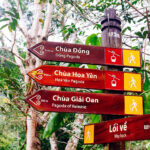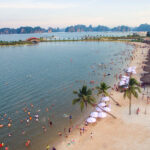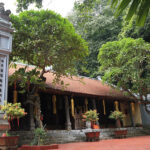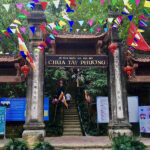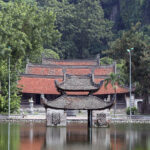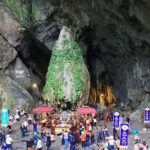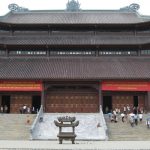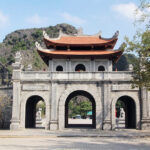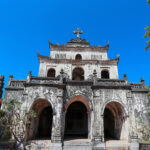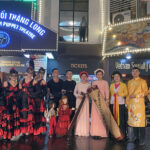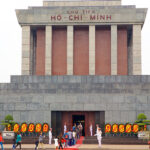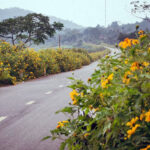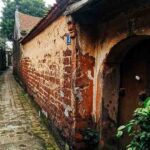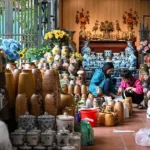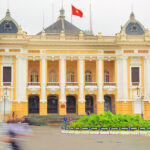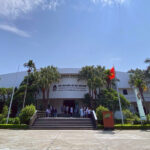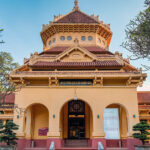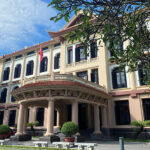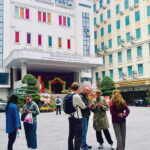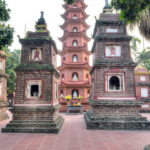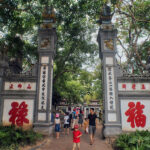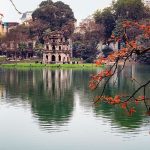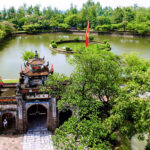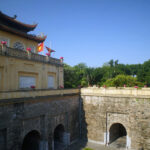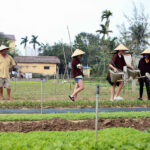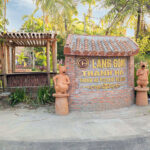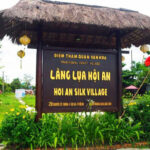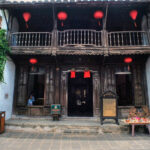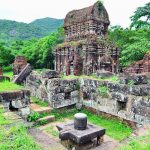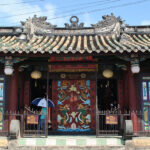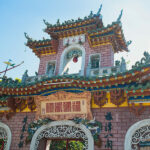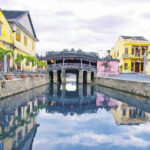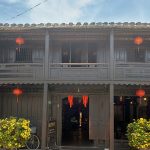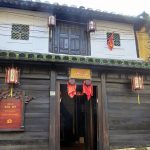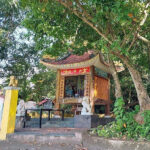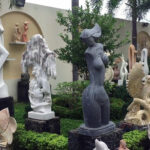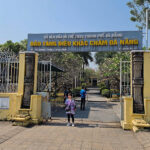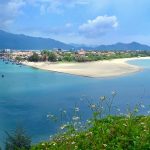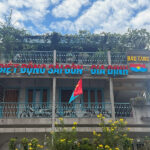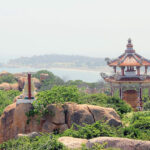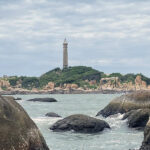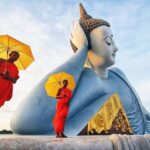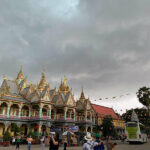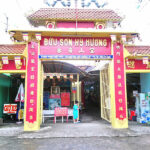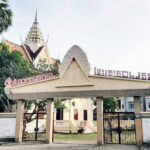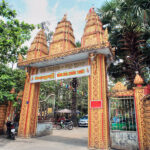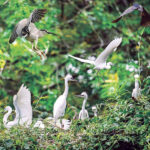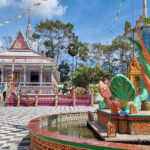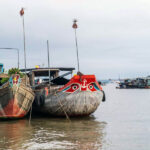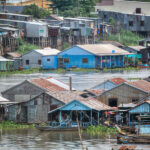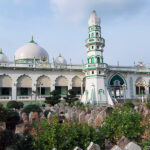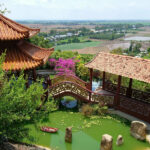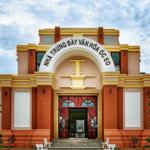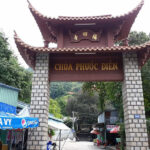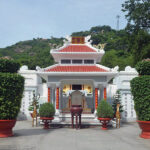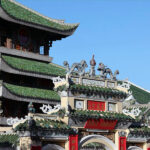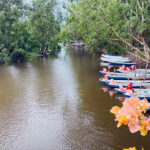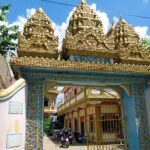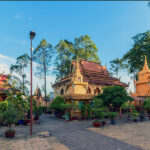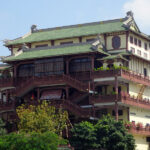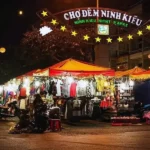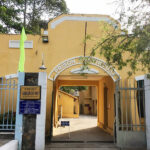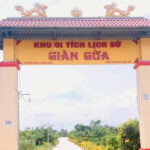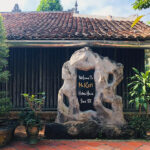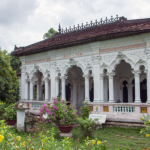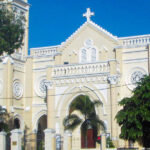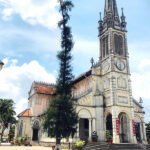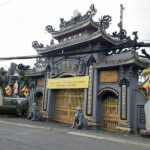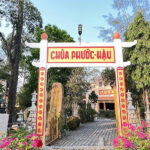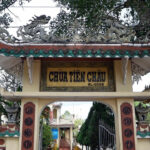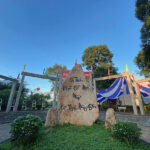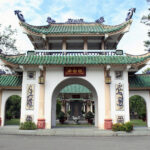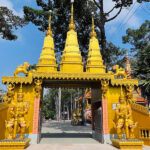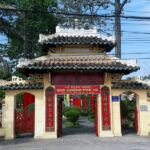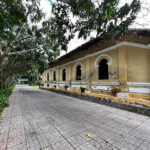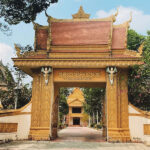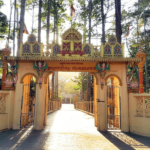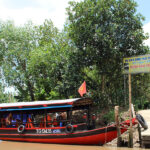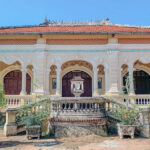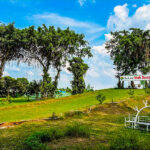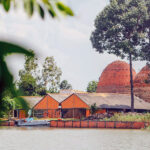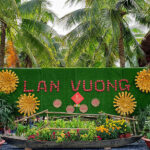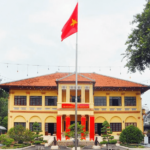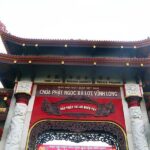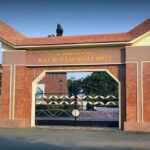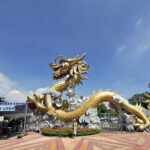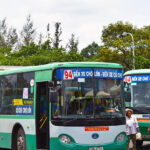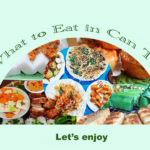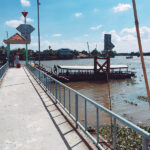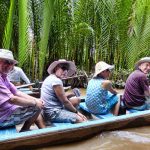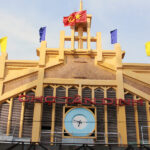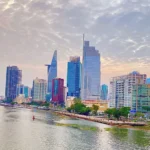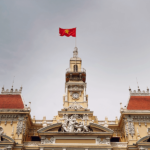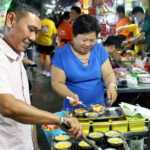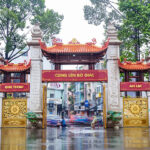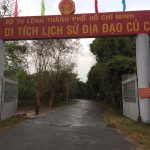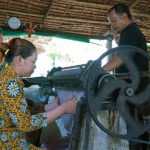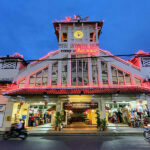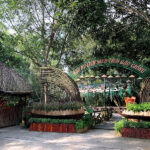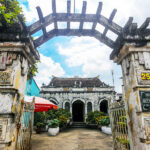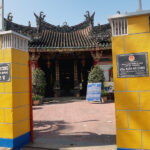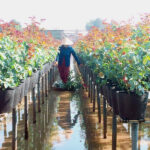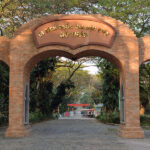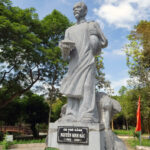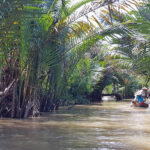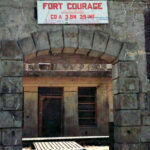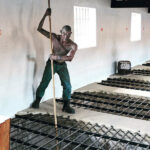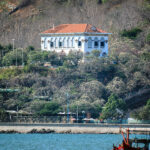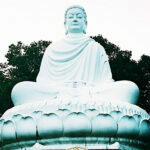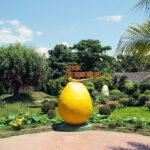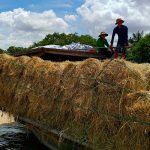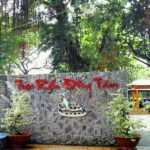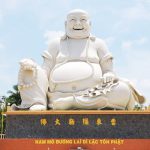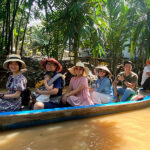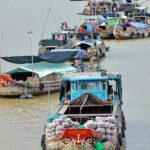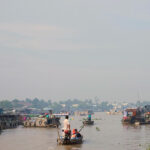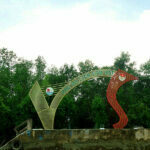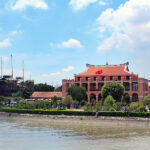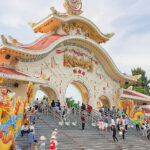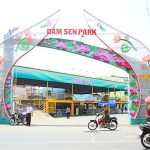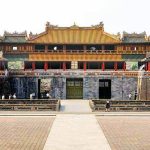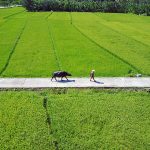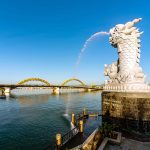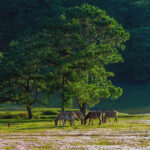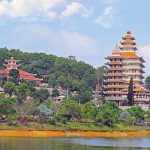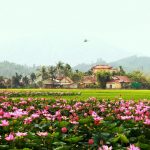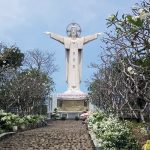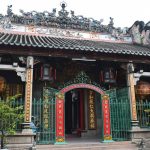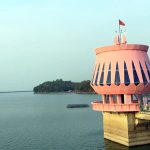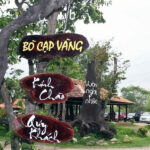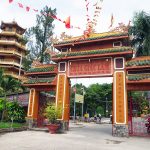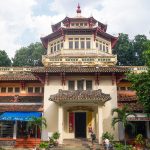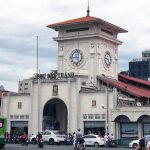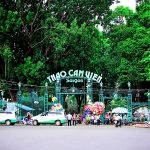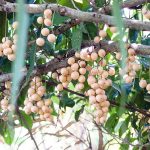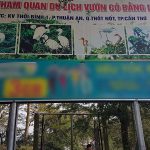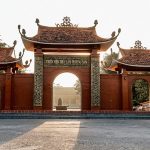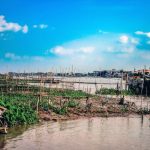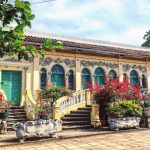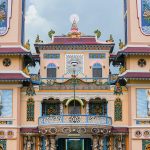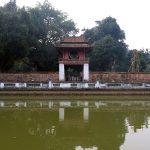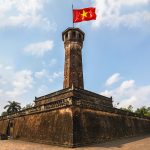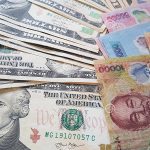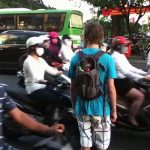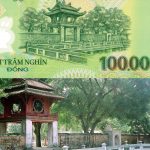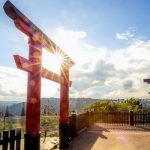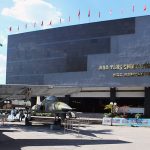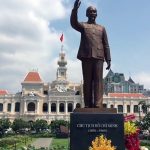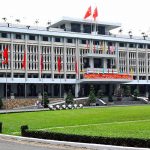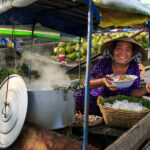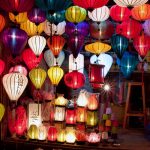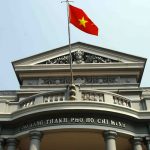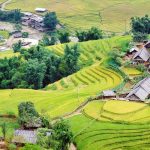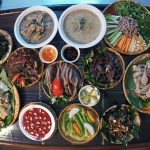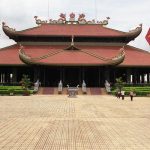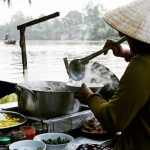For who has been to Saigon (Ho Chi Minh city) for the first time, when talking about the center, what people think of right in their mind will be District 1 with Ben Thanh Market, Notre Dame Cathedral, War Museum, Independence Palace, Bitexco Tower or streets with sparkling lights at night.
But for those who have lived a lifetime in Saigon, besides District 1 – a magnificence city center, there is another center, which is busy, prosperous but friendly and close, containing a huge heritage for everyone named Cholon – the place has been keeping Saigon’s soul for over 300 years.
Table of Contents
History of Cholon area
Cholon is the name of the area with a large population of Hoa people living along the Tau Hu canal stretching in District 5 and District 6, south to District 8 and north to District 10 and District 11 in Ho Chi Minh City. The Vietnamese called Chợ Lớn literally means “big” (lớn) “market” (chợ) and usually anglicized as “Cholon” in English sources. This area was formerly a separate city from Saigon, in the years 1930-1950 due to urbanization, Saigon and Cholon gradually merged with each other.

Cholon was established by Chinese in 1778, lying neatly in the area from Tan Da to Kim Bien and from Nguyen Trai down to Tau Hu canal. In 1782, ending the fighting between Nguyen Anh and Tay Son, this area was destroyed. The idea of Cholon would go into the past, but shortly after, the Chinese people from Cu Lao (Bien Hoa) had migrated down to rebuild a more prosperous and bustling Cholon. When Cholon was born, the side of District 1 (Saigon city, belonging to Gia Dinh citadel was not yet formed).

When the French occupied the South of Vietnam, on 6/6/1865 Admiral Roze signed the decision to establish Cholon city. The noun Cholon is used as the City. On July 1, 1882, the first tram line in Vietnam was 5 kilometers long, 1 meter wide, connecting Saigon and Cholon.
By 1930, the two cities of Saigon and Cholon were bordered on what is now Nguyen Van Cu and Nguyen Thien Thuat Street. On April 27, 1931, the French government signed a decree unifying Saigon city and Cholon city into a new administrative unit called Saigon – Cholon Area.

In 1951, the Saigon – Cholon Area changed to Saigon – Cholon city and in 1956 it changed to Saigon City. Since then, the name “Cho Lon” is only used to refer to the entire area of District 5, District 6, and a part of District 11 of Saigon. In which District 5 and District 6 are the main living areas of the Vietnamese-Chinese community in Ho Chi Minh City today.
The large market with massive legacies
Cholon is the only place in Saigon that still preserves the intact cultural, architectural, and religious values of hundreds of years ago. If cultural values, history, and time would be lost more or less, but with this place, it seems that the destructive power of time has slowed down a lot? The tube-roofed roofs in here along with the typical architecture stand out a very classic beauty. Visitors feel like they are present in some old Chinese quarter of centuries ago.
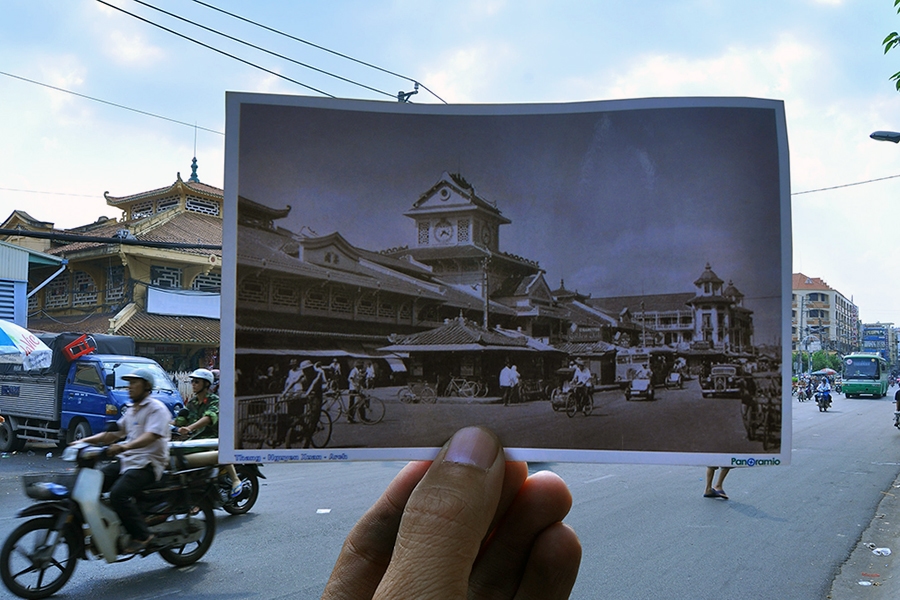
When hearing the name of Cholon, people will think of the image of bustling handicraft factories, to a place that has many restaurants, local food shops. During the day, Cholon is noisy and bustling with buyers and sellers. There is almost no item that Cholon does not have.
Cholon is unique, in addition to sightseeing, shopping, tourists can also witness the vibrant life of the Hoa, immigrated to here for decades, and those who were born and grown up right on this land.
Some interesting activities at Cholon
Visit Binh Tay Market
Binh Tay Market was built in 1928, located at the front of Thap Muoi street in ward 2, district 6, with an area of about 26,000 square meters, with more than 2,500 stalls, provides mainly wholesale goods, foodstuffs, handcrafted goods and textiles. It also attract visitors with its special structure but also its exciting and lively atmosphere.
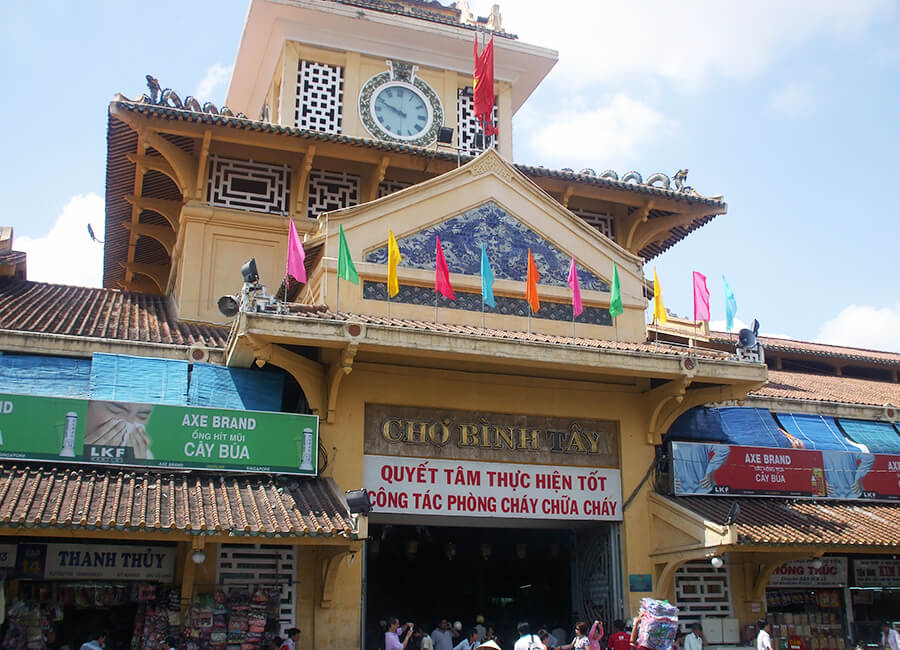
Explore Thien Hau temple
Located at 710 Nguyen Trai, District 5, the temple was built in the 18th century by the Hoa group. This is the most sacred place you should not miss when coming to Saigon.

It has existed for over 250 years but it still retains the characteristics of Chinese architecture. Many engraved lines, sculptures, and artifacts still retain historical and artistic values that has made this place more and more attractive to domestic and foreign tourists.
Although there are many other temples and pagodas around the city, this place always attracts a large number of people and visitors from all over the country to do charity work. In addition, Thien Hau temple is also a favorite place for photographers to make photos during the traditional holidays such as Tet holidays or March 23rd (lunar calendar).
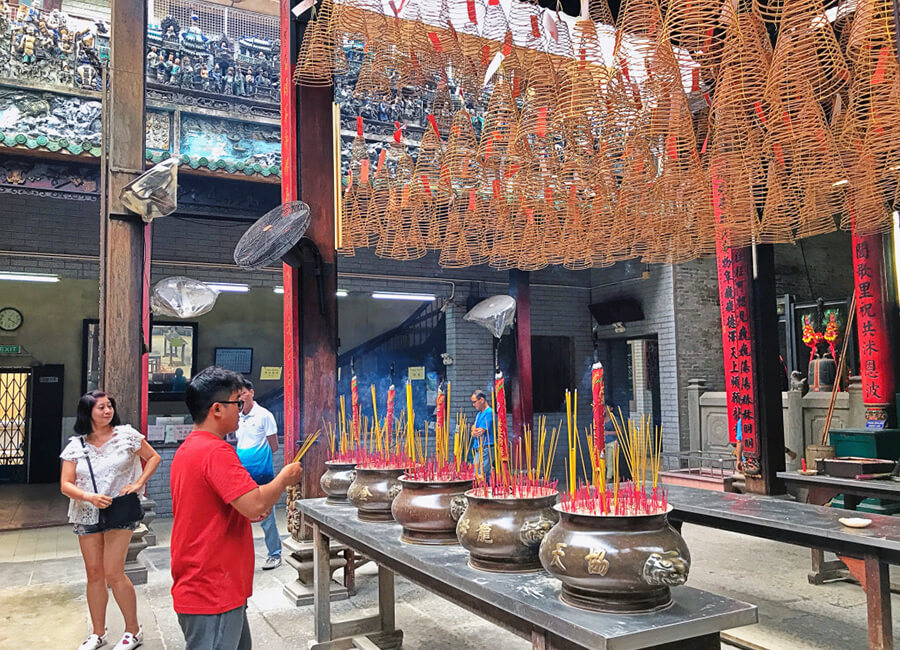
When people in Cholon come to the temple, they often ask for fortune-telling or write down their wishes and stick them on the merit wall. Each red paper to pray for peace is glued next to each other in long rows, bringing a unique feature to the temple.

Besides worshiping and burning incense, we believes that this is also an ideal place for tourists to learn about the history of Thien Hau Pagoda amid a solemn scene and a peaceful smoky space.
On Lang Pagoda
On Lang Pagoda, also know as On Lang Assembly Hall or Bodhisattva Avalokiteśvara Pagoda, is located about 600m from Thien Hau Temple, in the Cho Lon area of District 5. This religious building has a brilliant appearance with yellow and red tones, often crowded every weekend morning. Just passing by Lao Tu Street, from afar you can see the bustling shops selling offerings in front of the gate of the pagoda and the stream of people coming and going to burn incense, creating a bustling atmosphere.

Built in 1740, the pagoda is a place to worship Mazu and Bodhisattva Avalokiteśvara. Before becoming a spiritual place in the Saigon Cho Lon area, this place was once the headquarters of Chinese people from Quanzhou.
The architecture of On Lang Pagoda has many similarities with the traditional pagoda style of the Chinese community, with a curved roof system, a base bordered with green tiles and decorated with many sophisticated motifs made from ceramics.

Every year, On Lang Pagoda attracts a large number of locals and tourists to visit and participate in interesting activities such as beating bad people to ward off bad luck. People also often visit this place on the first days of the year to offer incense to pray for fortune and buy red thread to pray for love.
Address: 12 Lao Tzu, Ward 11, District 5, Ho Chi Minh City.
Hao Sy Phuong
Hao Sy Phuong is the “virtual living” coordinates of Saigon youth with a space like something out of Hong Kong movies. Although it has existed for more than a hundred years, this apartment building still retains its ancient and modern architecture with a 2-story wall-to-wall house system, leading up by a common staircase. Decorating the house with red couplets or arranging a heavenly altar in front of the door are also characteristics of Chinese culture that can be easily found in this area.

Stopping at Hao Sy Phuong, you will not only take countless photos checking in to Saigon Cholon but can also see the simple activities of the Chinese-Vietnamese community. This is also an opportunity to enjoy a cup of “racket coffee” at a local shop, which has been open for more than 60 years at Phung Hung market, only about 1km from Hao Sy Phuong. In addition, you can also enjoy a variety of Chinese specialties in this residential area such as banh tam bi, banh khot, spring rolls, etc
Address: 206/17 Tran Hung Dao, Ward 11, District 5, Ho Chi Minh City
Tasting Cholon unique specialties
Cholon cuisine is always “listed” on the list of must-try dishes when coming to Saigon. Here there is a harmonious blend of many different cuisines, each dish has its own unique characteristics, making the cuisine of Cholon more diverse and attractive than ever.
And below are famous dishes that you must try when you have the opportunity to come to explore Cholon area:
Pha Lau (offal meat)
Pha lau is an extremely famous dish in Saigon. Pha lau is prepared with parts such as ears, nose, tongue,… or entrails of pork, beef or chicken. To complete this dish, one must thoroughly wash and remove the fishy smell of the meat, then cut it into small pieces and marinate it with five spice, white wine, soy sauce, sugar, and other additives.

But most importantly, pha lau must always be cooked with fresh coconut water to create the right flavor. In addition, depending on each dish, some people will add coconut milk or fresh milk to increase the fat. In Saigon, this dish “pha lau” is “created” in varieties, such as: pha lau eaten with bread, grilled pha lau, pha lau hotpot, pha lau instant noodles, pha lau bread,…
Roasted duck
Currently in Cho Lon, the most popular and selling area is along Bui Huu Nghia street with more than 10 large and small roasted duck shops, from a few decades to a few years old.

Roast duck in the past was a dish that was only served to kings as it was quite elaborately prepared. The criteria for a delicious roasted duck is that the skin must be crispy, the outside must be golden brown but shiny and eye-catching, the duck meat must be soft, and when bitten it still retains the fresh and sweet juices of the meat.

Served with roasted duck in the past was usually hot crispy bread. But now many places have started adding steamed or fried dumplings to increase the feeling of fullness.
Pulled noodles
Fresh pulled noodles are made on the spot on traditional carts, which we often see in Chinese movies and are still very much present in real life. This is also a dish that you must try when you have the opportunity to go to Cholon culinary area. These noodles are not the same as instant or package noodles which you can find at market or supermarket.

The noodle always makes right in the shop, kneaded entirely by hand in the traditional way and only cook on the same day. The noodles always very chewy, soft, regular and create the feeling of never getting bored as it freshness. But being delicious is not enough. What people enjoy about this dish is that they can see with their own eyes the process of kneading a lump of dough, which in just a split second and after a few juggles, turns into thin, even noodles. Pulling noodles is only for those with good hand strength, dexterity and experience.

This fresh pulled noodle dish is best served with steamed duck, or char siu.
Chicken stew with herbs
More than just a dish, Chicken stew with herbs is also an extremely useful remedy to nourish the body. This dish is made from a black-chicken (a chicken with black skin and white feathers), then stewed with some traditional herbs such as ginseng, goji berries, mulberry, jujube and ginkgo. …

For some people who are not familiar with this dish, it feels quite strange because of the strong smell and slightly bitter liquid of the herbs. But the chicken meat is very soft and extremely sweet. Chicken stew with herbs according to Oriental medicine can nourish and be good for the kidneys, anti-aging, osteoporosis, blood-boosting, good for people who have just recovered from illness, especially pregnant and postpartum women.
Dimsum
Dimsum is a collection of traditional Chinese breakfast dishes, which according to some ancient documents, it is said to come from the Guangdong region, China.

Preparing Dimsum is not an easy task. The filling inside must be selected from fresh ingredients. In addition to shrimp, crab, fish, meat,… there must also be vegetables, tubers, mushrooms,… included, all must be finely minced and mixed well. The seasoning process must also be skillful so that the filling does not lose its natural sweetness and freshness while still being rich. There are many ways to enjoy Dimsum such as steamed, boiled, fried,…
Almost all Dimsum dishes are very small in size so it’s convenient to put in your mouth when eating. When serving, Dimsum is placed in bamboo baskets with lids to retain the heat and flavor of each different dish.

From the processing, the shape to the way of serving, everything is meticulously detailed. So it can be said that Dimsum is one of the most artistic and quintessential dishes of Chinese cuisine. In Cholon area, Dimsum is sold almost everywhere in Chinese restaurants.
Sweet soups
Different from other types elsewhere, the sweet soups in Cholon area is processed to be less sweet and less fatty. Famous among the sweet soup dishes here are: egg tea sweet soup, linguine extract, stewed papaya, ginkgo biloba, black sesame sweet soup,…

Egg tea is chicken seeds cooked with black tea until the tea soaks into the yolk. Because the tea is absorbed, the egg white will feel chewy and have a slightly acrid taste when eaten. But what’s interesting is that the yolk is very rich but not greasy, mixed with a mild tea flavor, making many people even more addicted to eating it.
Cholon is really an attractive place for those who would love to find somewhere to admire the Chinese architectural sculptures in Vietnam. Visitors can take our Saigon city tour or package tour to explore Cholon and other attractions like Opera House Saigon, War Museum, Ben Thanh Market, Independent Palace and also enjoy local food…Don’t hesitage to contact with Vietdreamtravel if you need any tourist information in Vietnam.
Source: collected by An
